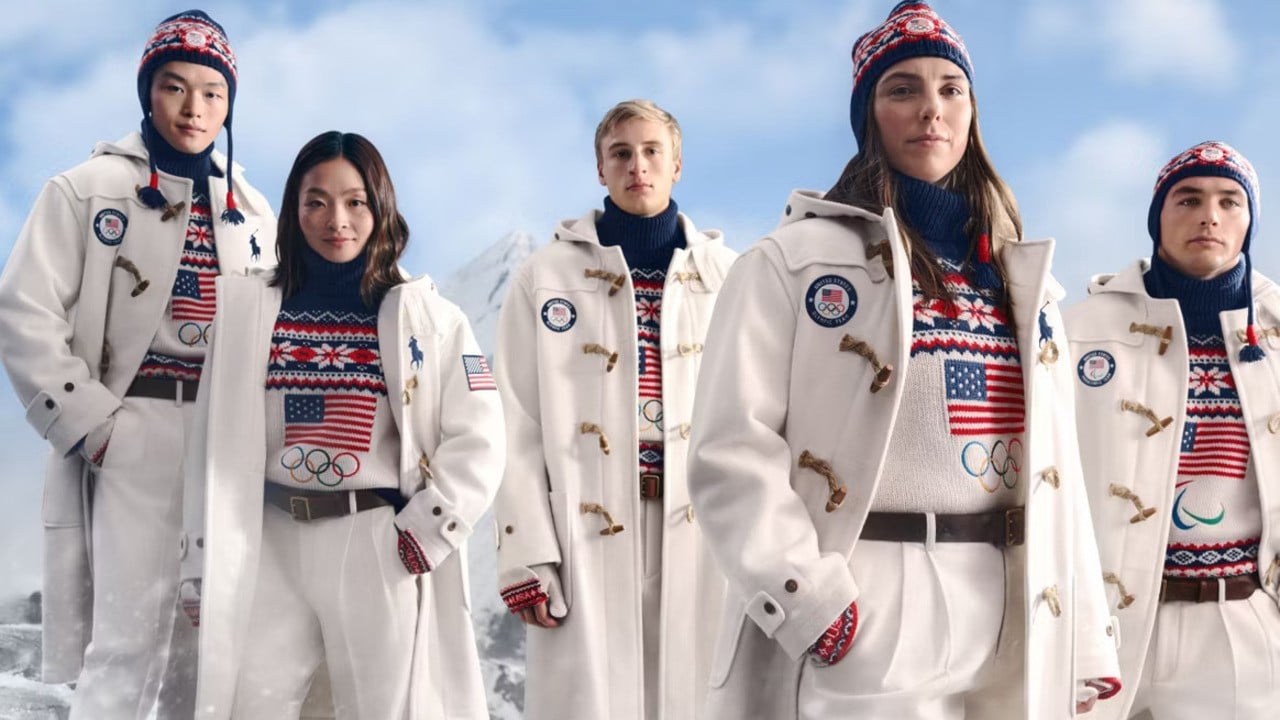This Affordable Fleece Sweatshirt Is Suddenly Everywhere on Amazon — Here’s Why People Keep Buying It
Dec 11, 2025What Are They, And Do They Ruin Relationships?
- Oct 30, 2024
- 0 Comments
1572

- Thirst traps, now named and widespread, are photos or videos designed to draw romantic or desirous attention on social media.
- People post them to gauge interest and build followings, often aided by algorithms that favour suggestive content.
- While thirst traps can be harmless, especially for singles, they may cause issues in relationships if not discussed with a partner.
Instagram’s sneakiest phenomenon now has a name: thirst Traps. Whether you set yours to engage in innocent banter with followers you would (hypothetically) like to “Netflix and Chill” with, or whether you carefully construct them genuinely hoping to make a fantasy come to life, it’s safe to say this Instagram trend is causing a lot of controversy.
What is Considered a Thirst Trap?
Merriam-Webster defines a thirst trap as “a photograph (such as a selfie) or video shared for the purpose of attracting attention or desire”.
Essentially, ‘thirst trapping’ is the logical evolution of ‘gatsbying‘ — the posting of a public Instagram story with the intent of arousing the interest of one person in particular. Thirst traps, in contrast, are designed to attract the attention of pretty much anyone. Urban Dictionary makes this explicit in their definition: “a sexy photograph or flirty message posted on social media for the intent of causing others to profess their attraction” — note the plural…
Related Stories
Thirst traps can take many forms depending on the gender, age, personality, or intention of the poster, but some good starter ideas for a thirst trap include:
- Shirtless pics
- Gym selfies
- Bikini pics
- A suggestive costume, if you’ve been partying recently
If you’re a little older and less keen to rely on flesh alone, you could also consider adding into the mix:
- Your flash new car
- Babies
- Puppies
Why Do People Post Thirst Traps?
The psychology of thirst traps hasn’t been studied a great deal, but what w edo know is that they are a pretty ubiquitous phenomenon. One study of 50,000 Instagram posts in the USA found that although the residents of some cities post dar more thirst traps on average (Miami boasts 36 thirst traps per 1,000 posts, compared to San Francisco’s 4), they appear in every recorded location.
As such, we can suggest a couple of science-backed reasons for their existence. First, it is an exceptionally low-effort way to gauge whether any of your followers are romantically interested (or just ‘inspired’) by the way you look; far easier than spending hours on dating apps or out in a pub trying to meet people and catch their real-life vibe, a thirst trap allows you to test the digital waters first.
Second, research has shown that social media algorithms, especially Instagram, prioritise content that shows skin in your feed. Therefore, anyone looking to build their following — whether that’s for business reasons, romantic reasons, or anything else — will be able to do this more quickly and effectively if they show a bit of flesh.
Why Do People Fall for Thirst Traps?
The clue is in the name: the ‘thirsty’ aspect of thirst traps plays on the sexual frustration of those viewing the image. The 2021 California Health Interview Survey famously found that young people are having far less sex than prior generations. If you combine that with data that shows a growing loneliness epidemic across age groups, it adds up that people are feeling more sexually and socially ‘thirsty’ and therefore vulnerable to the allure of a flesh-heavy post.
Is Posting Thirst Traps a Red Flag?
A lot of people ask whether posting (or liking) is a red flag. Naturally, this is a matter of opinion. For our two cents, if the poster is single, then there’s nothing wrong with it; it’s their body and their account, and they’re entitled to post whatever they like. In fact, you should be so lucky as to eventually couple up with someone with the requisite self-confidence to post that kind of thing.
In the context of a relationship, we’re in murkier waters. In short: if you’ve discussed it with your partner and they’re okay with it, then there’s nothing wrong with posting a thirst trap. If, however, you think it’s likely to upset your partner, we’d advise against it.
We’ve previously spoken to Jennifer Douglas, a couple’s counsellor from Relationships Australia, about oversharing in and around relationships; her words on that topic resonated with us on this issue too…
“Over sharing [such as posting a thirst trap] in a relationship may suggest an insecurity and a need for an audience, attention or acceptance but on the flip side may suggest that they are very secure and have complete indifference to the views of others, are not influenced by the judgment or knowing of others.”
Jennifer Douglas
We think Jennifer sums it up pretty nicely: if you’re in a relationship and posting a thirst trap because you feel you’re lacking attention (often a valid issue in a long-term relationship) and are trying to make up for that lack online… maybe think twice. However, if you’re posting it because you simply don’t give a flying puck, then carry on; no harm done.
Publisher: Source link







